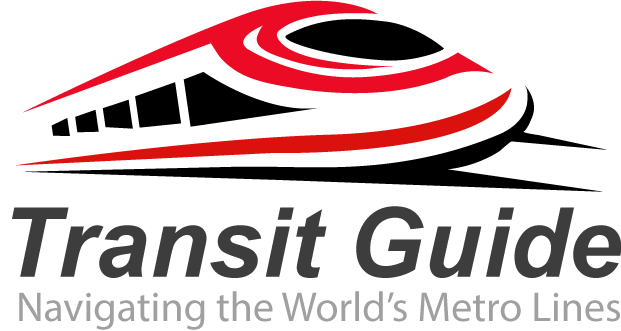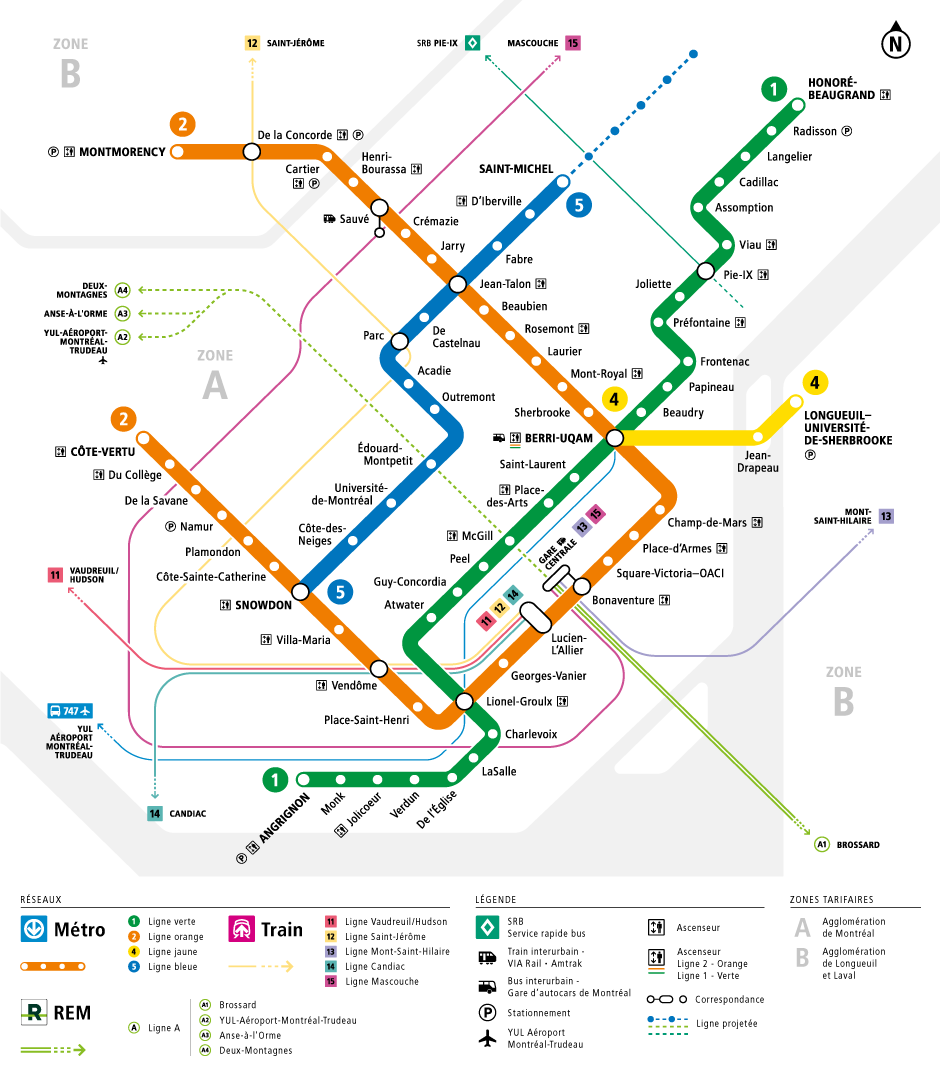The Montreal Metro system is the backbone of public transportation in the city, connecting neighborhoods, attractions, and business districts with speed and efficiency. Operated by the Société de transport de Montréal (STM), the metro offers a clean, reliable, and affordable way to navigate Montreal year-round.
Overview of the Montreal Metro
Launched in 1966, the Montreal Metro features four color-coded lines—Green, Orange, Yellow, and Blue—covering 68 stations across 71 kilometers. The metro is entirely underground, making it a comfortable choice during Montreal’s cold winters and humid summers. Each station is uniquely designed, often showcasing art installations that reflect the city’s vibrant culture.
Fares and Passes
The Montreal Metro uses a simple fare structure. Riders can purchase single tickets, daily passes, or monthly subscriptions. The OPUS card is a reusable smart card offering discounted fares for frequent travelers. Transfers between metro lines and STM buses are free within a set time frame.

